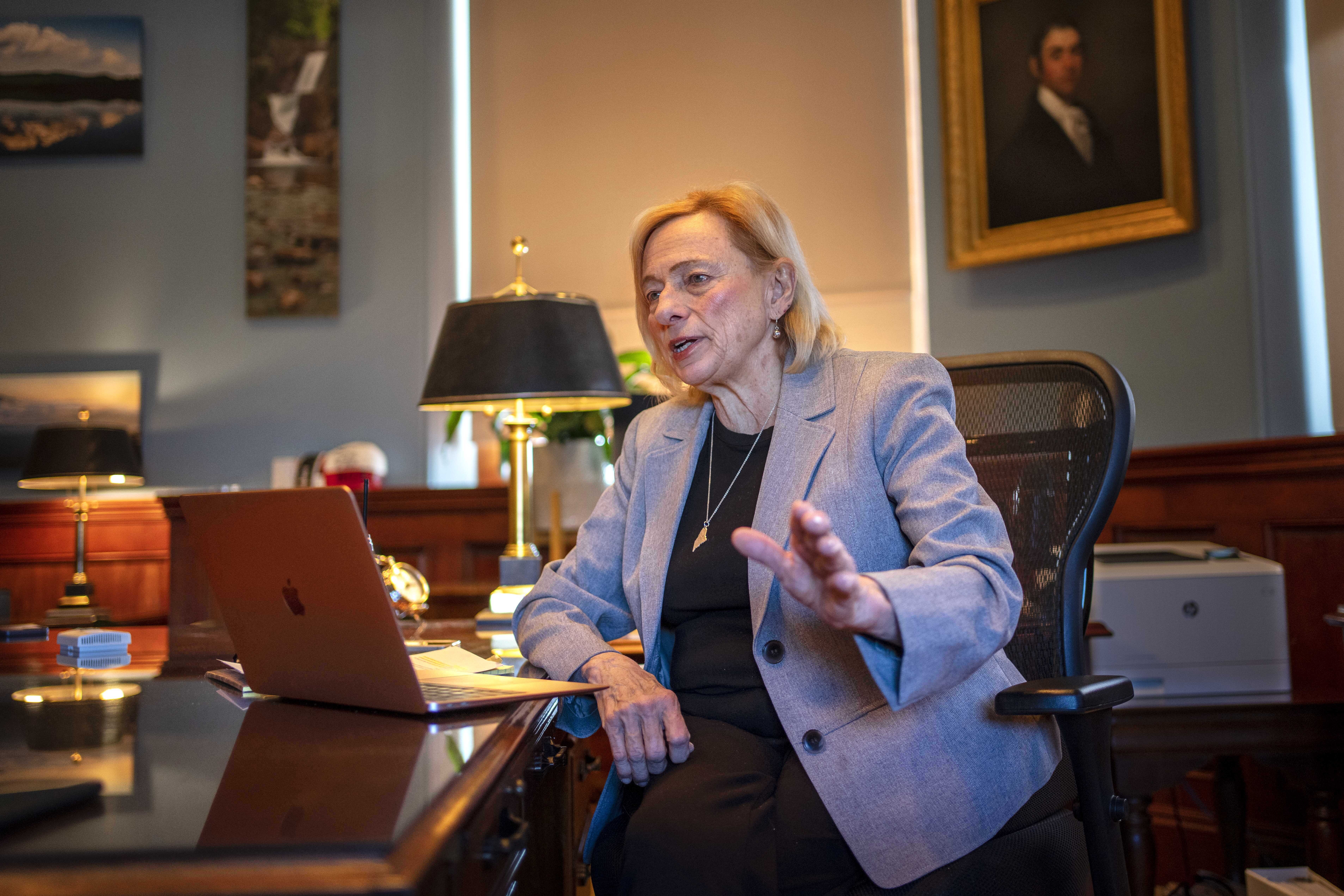Over a hundred farmers from all over the South Plains and the Panhandle gathered in Lubbock Tuesday amid rising concerns about crop prices.
This was all part of a program put on by the Texas A&M Agrilife Extension offices who said it’s the first time they’ve held a meeting like this including the entire region.
“The price of inputs and farming is going up daily and some of the commodity prices are lower than what we would like to see,” explained Caitlin Jackson, an Agrilife Extension Agent for agriculture and natural resources in Crosby County. “Our goal of this meeting is to provide strategies and solutions to help our producers be more efficient, more profitable and have a great 2016.”
Producers of all different commodities attended to discuss new ideas, and many griped about how low the prices have been.
“My grandaddy always said: cotton farming is cotton farming, but there’s no two years alike,” said cotton farmer Lloyd Arthur who has been farming with his family in Ralls for the past three decades. 2016 is proving to be a different, and especially challenging year for West Texas farmers.
“Yield wise, our cotton crop was decent, but we’ve struggled with quality issues and that’s where it’s hurt us: with a low price,” Arthur explained. Arthur also farms sorghum, grain, and wheat.
For farmers like Arthur, their business hinges on a number of outside factors. When anything from weeds, to weather, to fashion trends can alter the success of their crops, farmers like Arthur are especially nervous about the low prices.
“Our production costs are staying the same or going up, so that’s been a challenge to try and make ends meet on what to cut,” Arthur said. A balanced budget is a big focus for many farmers this time of year as they prepare their spending for the upcoming season. “It’s all about economics and unfortunately that all comes at the end of the year.”
Arthur and his fellow farmers are exploring new ideas to make their bottom line. Depending on their calculations, some may end up farming less of the crops they used to work with or cutting out some crops altogether. “Diversifying” was one of the buzzwords at the Agrilife event Tuesday.
“Depending on different crops, we have still have an avenue of looking at what we may or may not plant,” Arthur said. “Our cotton numbers may go up or they may go down, depending on the markets right now.”
Jackson said that many of the producers she works with in Crosby County are weighing out diversification as an option. She believes the rising costs to producers and low commodity prices are the biggest factors in driving farmers’ decisions right now.
“I wouldn’t say that the issues we’re facing are new, but I would definitely think after the conditions over the past 5 years that this year is quite stressful for producers,” she explained.
“In some areas it may be harder for producers to obtain financing,” Jackson added. “Some of our younger producers that are just starting out, they are leasing a lot of their land and haven’t necessarily paid for all their equipment. They’re facing some challenges, as are the guys who have been around for the last 30, 40, even 50 years.”
Outside of crop prices, farmers at the Agrilife program also wanted to learn about other factors that could improve their financial outlook, from labor laws to drone use on their properties (Agrilife Agricultural Law Specialist Tiffany Dowell Lashmet advised farmers at the program to not shoot at drones flying over their property).
“Our producers are facing many issues, [Dowell Lashmet] talked to them about surface rights, mineral rights, water laws. Those are things producers are facing: what is ground water? What is surface water? Who has the right to the surface areas when making oil and gas leases? All those are things that effect our outlook and profitability,” Jackson explained.
Many producers like Arthur said they appreciated the advice from the lawyers who presented. Arthur explained that sometimes it’s tough for farmers to keep track of all the upcoming and current laws which apply to their businesses.
In the coming months, farmers will be taking all this information into account as they try to adjust their budgets for a new season.
Arthur said he hopes the general public understands what a tough time this will be for farmers.
“The forecast is these prices are going to stick around, unfortunately, for the next year or two,” he said. “So we’re in what I call survival mode. I hope we can stay in the business long enough to when it does turn around so that we can be putting back into our local economies.”










